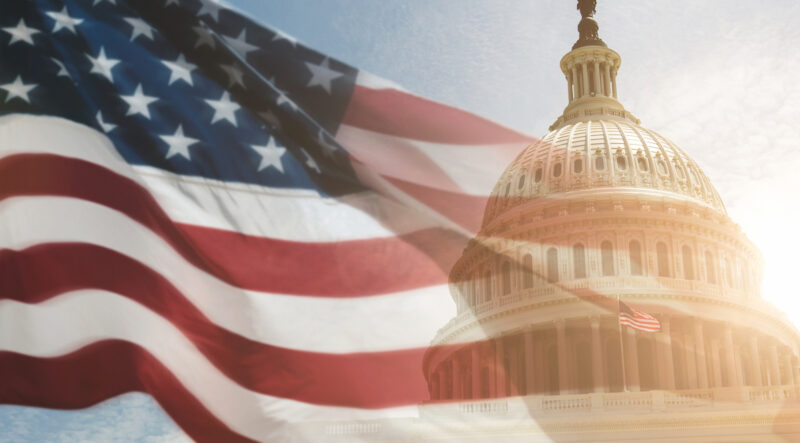Aquaculture will give America climate-friendly food security
“Aquaculture can help us to produce the additional food that we need, with a smaller carbon footprint, less consumption of fresh water, and reduced emissions of greenhouse gases,” – US Congressional briefing
By Fabian Dawson
SeaWestNews
America needs to look at the science that is pointing it towards aquaculture and expand the farming of its seas, states a new congressional briefing entitled Marine Aquaculture for Climate Resilience and Climate-Friendly Food Production.
The briefing presented by the American Fisheries Society and National Oceanic and Atmospheric Administration (NOAA) called for “a defined path through a rigorous legal and regulatory process that already exists.”
It focused on the benefits of aquaculture, including the ability to reduce America’s carbon footprint from imported seafood, increase domestic seafood and jobs, relieve pressures on wild stocks that are depleted, and increase the resiliency of food systems to climate change.
“We must look at the science that is pointing America toward aquaculture (as it) provides a triple line of environmental sustainability,” said Seth Theuerkauf, science coordinator at the Office of Aquaculture in NOAA’s National Marine Fisheries Service, who was one of the speakers.
“The resource efficiency of all aquaculture is astounding, with bivalves and kelp providing a net positive benefit…Aquaculture can lessen supply chain emissions by cutting down on transportation distances,” he said.
“Marine aquaculture is not a climate change silver bullet, but it does provide significant opportunities for increasing our sustainability in food production.”
Other speakers included Jesse Trushenski, Ph.D., Chief Science Officer, Riverence, Rebecca Gentry, Ph.D., Postdoctoral Scholar, Florida State University; and Donald B. Kent, M.S., President & CEO, Hubbs-SeaWorld Research Institute.
“More seafood will have to come from aquaculture, with 80% of fish stocks fully exploited or in decline,” said Trushenski.
“For aquaculture to realize its full potential in the U.S., a clear regulatory policy is needed. “Fisheries and aquaculture have co-existed for a long time; aquaculture will complement wild fisheries to meet future population needs,” he said.
Gentry stated that the U.S. has optimal space for a growing marine aquaculture industry.
“Good citing and proper management can mitigate the adverse effects of farms on the surrounding environment,” she said.
“Science-informed citing is the answer to minimizing the impact when determining new farm locations. We already have the data and models, and decision support tools to identify good potential farm locations.”
Kent from Hubbs-SeaWorld, which has been a leader in aquaculture research and development for the past 30 years, said: “We have the technology, planning tools, and know-how to farm the open ocean. What we need is a defined path through a rigorous legal and regulatory process that already exists.”
“With demand for seafood on the rise, aquaculture production will continue to expand. If the growth of the U.S. aquaculture industry is not allowed to happen, we will displace that growth to other countries, including countries that may have weaker environmental standards.”
In America, the political leadership seems to be listening to the science that is pointing it towards aquaculture, said a salmon farmer in British Columbia.
“Here in BC and Canada, the political leadership is ignoring the science and shutting down marine aquaculture to get votes from anti-fish farm activists and their followers,” he said.
(Image credit house.gov)

